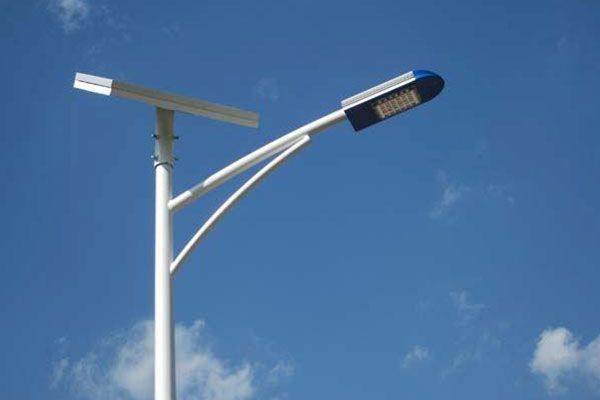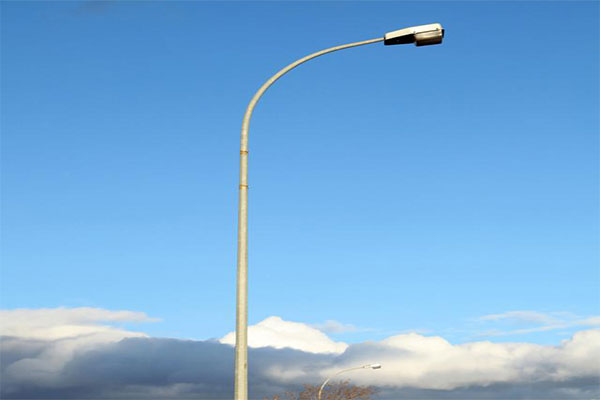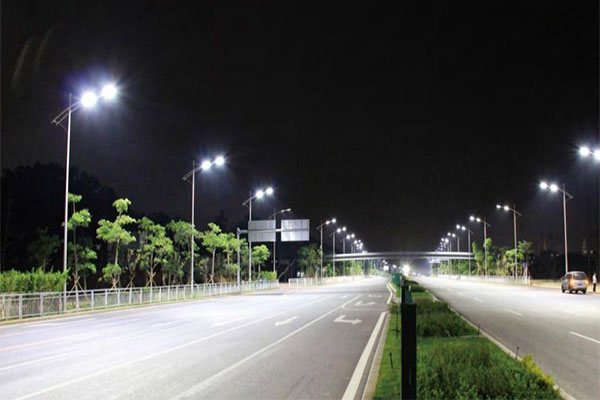Solar vs. Traditional Street Lights: A Comparative Analysis
Street lighting is an essential component of urban infrastructure, ensuring safety, security, and improved quality of life for residents. With advancements in technology, the debate between solar street lights and traditional street lights has gained prominence. This article delves into the differences, advantages, and disadvantages of both types, providing a comprehensive comparison to help decision-makers choose the best option for their specific needs.

What are Solar Street Lights?
Solar street lights are outdoor lighting systems powered by solar panels. These panels harness energy from the sun during the day, storing it in batteries for use during the night. The system typically includes a solar panel, LED lamp, battery, and charge controller.
Advantages of Solar Street Lights
- Energy Efficiency: Solar street lights utilize renewable energy, reducing reliance on fossil fuels and decreasing carbon footprints.
- Cost Savings: While the initial investment may be higher, solar street lights incur minimal operational costs as they don’t rely on grid electricity.
- Low Maintenance: Modern solar lights require little maintenance compared to traditional lights, as they have fewer moving parts and are not affected by power outages.
- Environmentally Friendly: By using solar energy, these lights help in reducing greenhouse gas emissions and conserving non-renewable resources.
- Independence from Grid: Solar street lights operate independently of the power grid, making them ideal for remote or off-grid locations.
Disadvantages of Solar Street Lights
- Initial Cost: The upfront cost for solar street lights is generally higher than traditional lighting systems.
- Weather Dependent: Their efficiency can be affected by weather conditions, particularly in areas with limited sunlight.
- Energy Storage: The performance of solar street lights relies on battery capacity and longevity, which can be a limiting factor.

What are Traditional Street Lights?
Traditional street lights are typically powered by electricity from the grid. They use various types of lamps such as high-pressure sodium (HPS), metal halide, or LED bulbs to provide illumination.
Advantages of Traditional Street Lights
- Reliability: Traditional street lights provide consistent lighting irrespective of weather conditions.
- Established Infrastructure: These systems benefit from an existing and extensive electrical infrastructure, making them easier to install and manage.
- Lower Initial Cost: The upfront cost for traditional street lights is usually lower compared to solar street lights.
Disadvantages of Traditional Street Lights
- High Energy Consumption: Traditional lights consume a significant amount of electricity, leading to higher operational costs.
- Environmental Impact: The reliance on grid electricity, often generated from fossil fuels, results in higher carbon emissions.
- Maintenance: These lights require regular maintenance, including bulb replacements and electrical repairs.
- Vulnerability to Power Outages: Traditional street lights are dependent on the grid, making them susceptible to blackouts.

Comparative Analysis: Solar vs. Traditional Street Lights
1. Cost Comparison
While solar street lights have a higher initial cost due to the solar panels and battery systems, they offer significant savings in the long term through reduced electricity bills and maintenance costs. Traditional street lights, though cheaper to install, can incur substantial operational and maintenance expenses over time.
2. Energy Efficiency
Solar street lights excel in energy efficiency, utilizing renewable solar energy, whereas traditional street lights are dependent on electricity from the grid, which is often generated from non-renewable sources.
3. Environmental Impact
Solar street lights are more environmentally friendly, reducing greenhouse gas emissions and conserving energy. In contrast, traditional street lights contribute to pollution and higher carbon footprints due to their reliance on fossil fuels.
4. Reliability and Performance
Traditional street lights offer consistent performance regardless of weather conditions, making them reliable in all climates. However, solar street lights’ efficiency can be compromised during cloudy or rainy days, though advancements in battery technology are mitigating these issues.
5. Maintenance and Longevity
Solar street lights typically require less maintenance, with LED lamps and solar panels having long lifespans. Traditional street lights demand regular maintenance, including bulb replacements and electrical system upkeep.
Conclusion
Choosing between solar street lights and traditional street lights depends on various factors. The choice largely depends on specific requirements, budget, and long-term goals. For areas prioritizing sustainability and lower operational costs, solar street lights are an excellent choice. Conversely, for regions needing reliable, high-intensity lighting with existing infrastructure, traditional street lights remain a strong contender.
By carefully considering these factors, cities and communities can make decisions that balance economic, environmental, and social needs, paving the way for smarter, greener urban landscapes.

